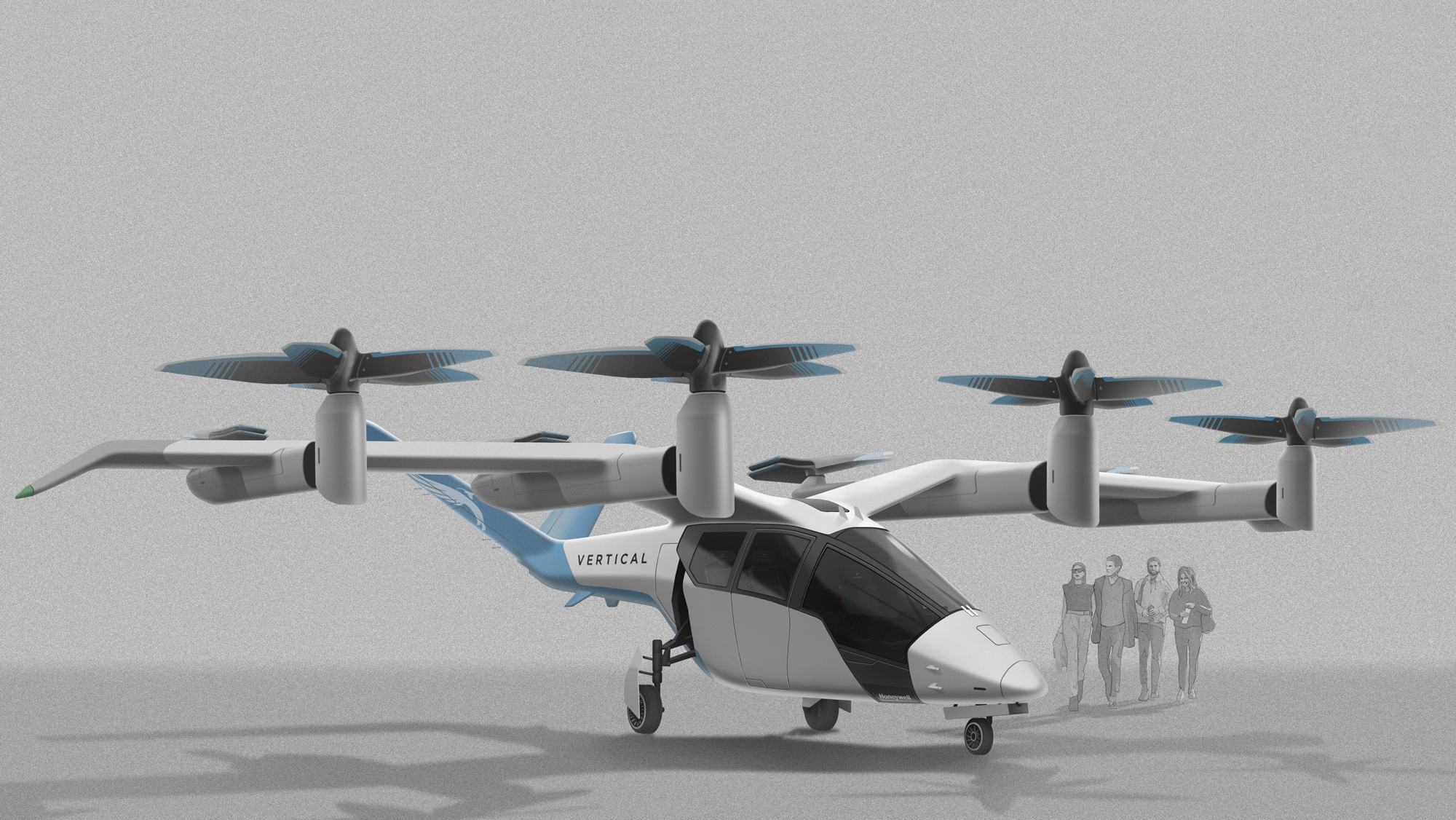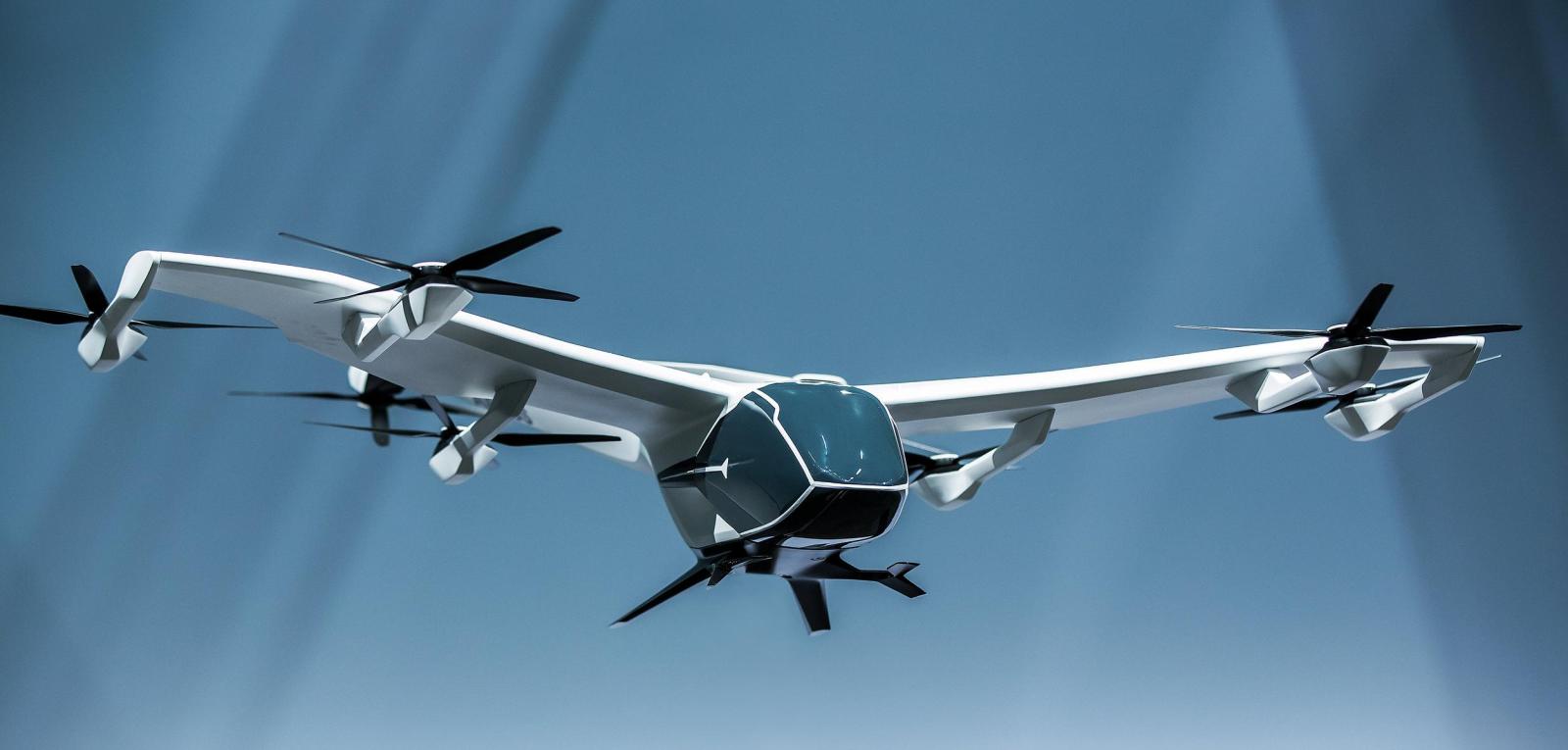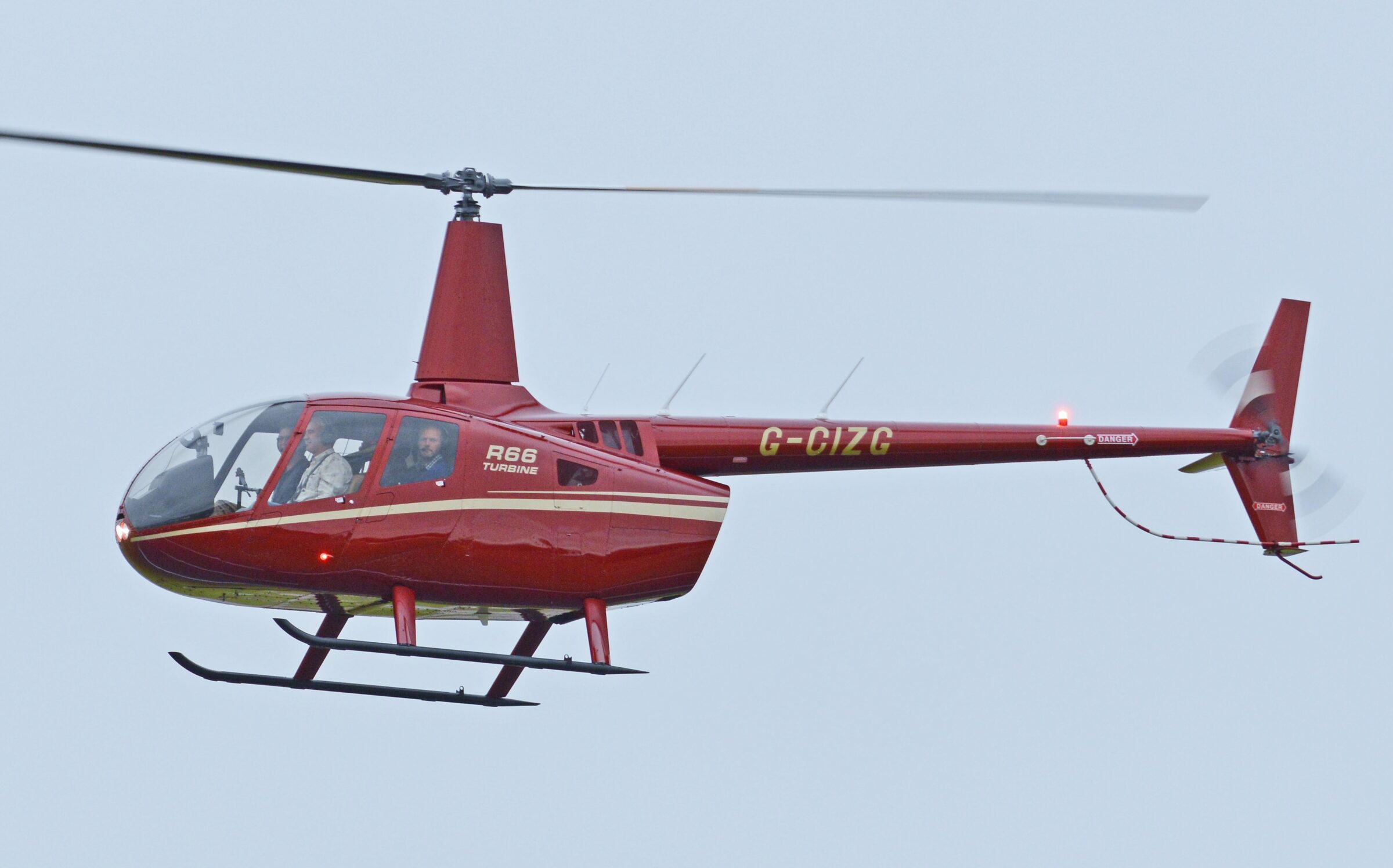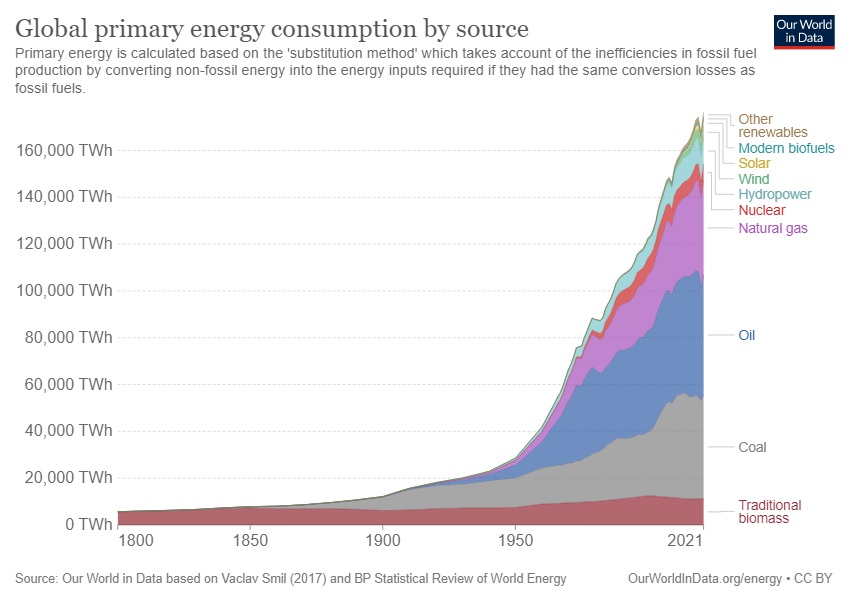Leeham News and Analysis
There's more to real news than a news release.
Bjorn’s Corner: Sustainable Air Transport. Part 50. eVTOL production volumes.
December 16, 2022, ©. Leeham News: Last week, we looked at the production costs of our typical eVTOL. We could see that it was far higher than Joby’s assumption of $1.3m for the S4, about three times higher for units above 500 and even higher for earlier units.
Let’s examine where such cost numbers come from. It’s about production ramp hockey sticks and numbers never seen before. Are these credible?
Bjorn’s Corner: Sustainable Air Transport. Part 49. eVTOL production costs.
December 9, 2022, ©. Leeham News: This is a summary of the article Part 49P, eVTOL production costs. It discusses the production costs of our typical eVTOL (Figure 1) and its drain on the OEM’s finances.
New aircraft projects chronically underestimate the production cost of their certified products. One factor is the effect of the learning curves on the cost items.
Bjorn’s Corner: Sustainable Air Transport. Part 49P. eVTOL production costs. The deeper discussion.
Subscription required
By Bjorn Fehrm
December 9, 2022, ©. Leeham News: This is a complementary article to Part 49, eVTOL production costs. It discusses the typical production costs of a certified eVTOL when produced in large quantities.
eVTOLs will be produced under aeronautical production certification conditions, using aeronautical grade material and system. Our production cost model predicts such costs, including learning curve effects for each material type.
Bjorn’s Corner: Sustainable Air Transport. Part 48. eVTOL traffic management
December 2, 2022, ©. Leeham News: Last week, we started looking at the air traffic problem of eVTOLs. The rulemaking on how these shall avoid running into each other, other aircraft, and drones outside controlled airspace is not done.
The first general principle has been issued by European rule-makers dealing with how drone traffic shall be regulated, and this will also be expanded to cover VTOLs. Airbus, the world’s largest vertical transport supplier, through its helicopters, gave its view on VTOL operations in its two-day Summit this week.
Bjorn’s Corner: Sustainable Air Transport. Part 47. eVTOL traffic
November 25, 2022, ©. Leeham News: We have gone through the flight principles for different eVTOLs, the critical systems such as battery systems and flight controls, their energy consumption/performance, and how green they are compared to other ways of getting to an airport.
This is all about the flying vehicle. But it’s only part of the system needed for this transport system to work and be safe. We now discuss the other bits needed.
Bjorn’s Corner: Sustainable Air Transport. Part 46. eVTOL comparison with helicopter
November 18, 2022, ©. Leeham News: In the comments to last week’s Corner, there were requests for a comparison with a helicopter re. Sustainability (kWh/km). Here you go.
I also threw in a cost of operations discussion, as the helicopter is the present alternative to an eVTOL for city-to-airport air transports.
Read more
Bjorn’s Corner: Sustainable Air Transport. Part 45. eVTOL, how green?
November 11, 2022, ©. Leeham News: We have spent some 50 articles going through the new air transport category, eVTOL, or electrically propelled Vertical TakeOff and Landing vehicles.
They promise to replace the helicopter for local air transport above congested cities and highways.
The question is now: How do eVTOLs fit in sustainable air transport? Are they a green way of starting a flight journey, and how does it compare to alternative transports?
Bjorn’s Corner: Sustainable Air Transport. Part 44. eVTOL operating costs.
November 4, 2022, ©. Leeham News: This is a summary of the article Part 44P, eVTOL operating costs. It discusses the operational costs of a typical eVTOL flying a feeder mission from a city center to an airport.
The dominant cost factors are not the ones eVTOL companies love to discuss, like the electricity bills.
Bjorn’s Corner: Sustainable Air Transport. Part 44P. eVTOL operating costs. The deeper discussion.
Subscription required
By Bjorn Fehrm
November 4, 2022, ©. Leeham News: This is a complementary article to Part 44, eVTOL operating costs. It discusses the typical operating costs we can expect from an eVTOL when used in an air taxi operation.
Despite the operation of such transports being years off, an eVTOL has dominant cost factors that can be estimated today.
Bjorn’s Corner: Sustainable Air Transport. Part 43. eVTOL IFR range.
October 28, 2022, ©. Leeham News: This is a summary of the article Part 43P, eVTOL IFR range. It discusses the range of a typical eVTOL flying a feeder mission from a city center to an airport during IFR conditions.
IFR conditions mean we have a dicey weather forecast for our airport destination and must plan with an alternate landing site where the weather forecast is better.







